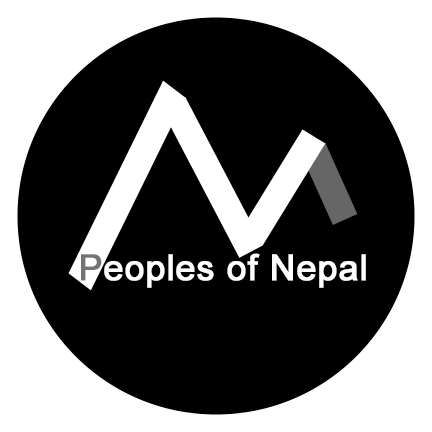Housework Done Differently
The 1950’s in America paint a very specific picture about what the role of a wife and mother is in her household. As time has progressed, the view of housewives (both from Hollywood and the American public) has changed dramatically. However, still today (while ‘painting with a broad brush’), both working and stay at home moms often hold several responsibilities such as washing close and dishes, cooking food, and raising children.
Nepali wives and mothers in the terai villages share these same responsibilities. They, too, wash clothes and dishes, cook food, and raise their children, but life in the terai is very different from life in the suburbs. In addition to all of these responsibilities as homemakers, many village women work as subsistence farmers to help provide food for their families and villages.
Instead of popping a quick dinner into the microwave after a long day, these women cook Dhal Bhat (a rice and lentil Nepali dish eaten twice a day) over a clay fire pit that makes up the whole of their kitchen. Here, women don’t have access to the fanciest brands of cleaning products… sometimes no ‘cleaning products’ at all, but that does not mean that their different way of getting the job done is any less effective! We watched women washing their clothes and dishes in many villages, using the water and supplies available to clean the dirty items. In one village, I saw a woman using what appeared to be mud on her dishes. One of our Nepali friends explained that the woman was using ash, but went on to say that his mother does use mud. He explained that it is actually better than soap because the mud or ash can kill things that soap can’t, saying that it has been the way for a long time. One topic led to another and our friend was able to share more tidbits about Nepali housekeeping. When detergent or soap are unavailable, it can be incredibly effective to scrub clothes with a cut piece off of a sack cloth. My mind was blown to discover the innovative nature of these women and the way they have been conducting their duties for centuries…no suds needed.
https://www.ncbi.nlm.nih.gov/pmc/articles/PMC4210980/
https://www.motherearthnews.com/homesteading-and-livestock/how-to-make-soap-from-ashes-zmaz72jfzfre
https://owlcation.com/social-sciences/A-study-of-Dish-Washing-Across-Cultures
https://preparednessadvice.com/sanitation/washing-dishes-with-wood-ash/
https://www.bopomavillages.org/no-soap-try-wood-ash/
Photo: https://pratikshasharma33.wordpress.com/author/pratikshasharma33/
